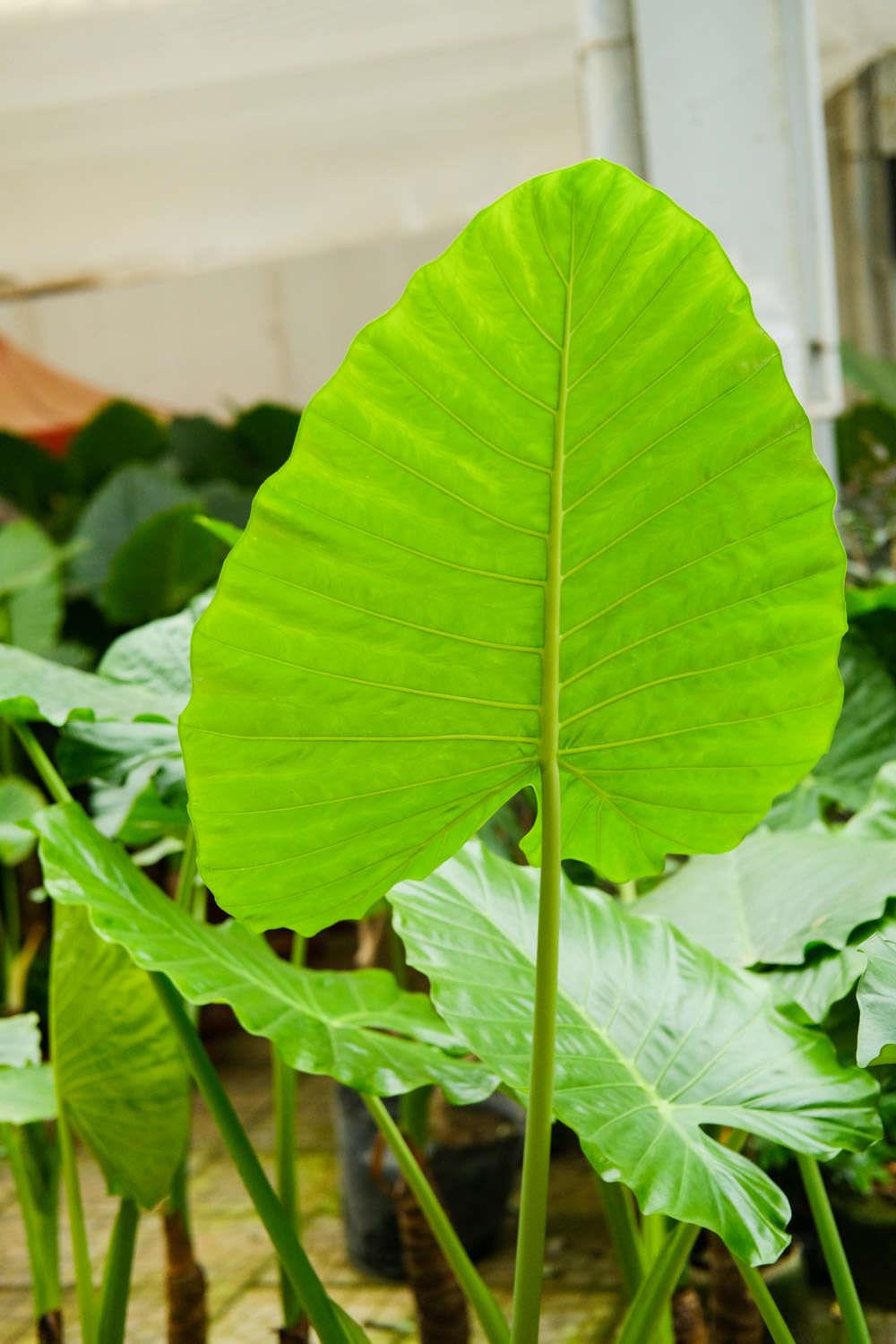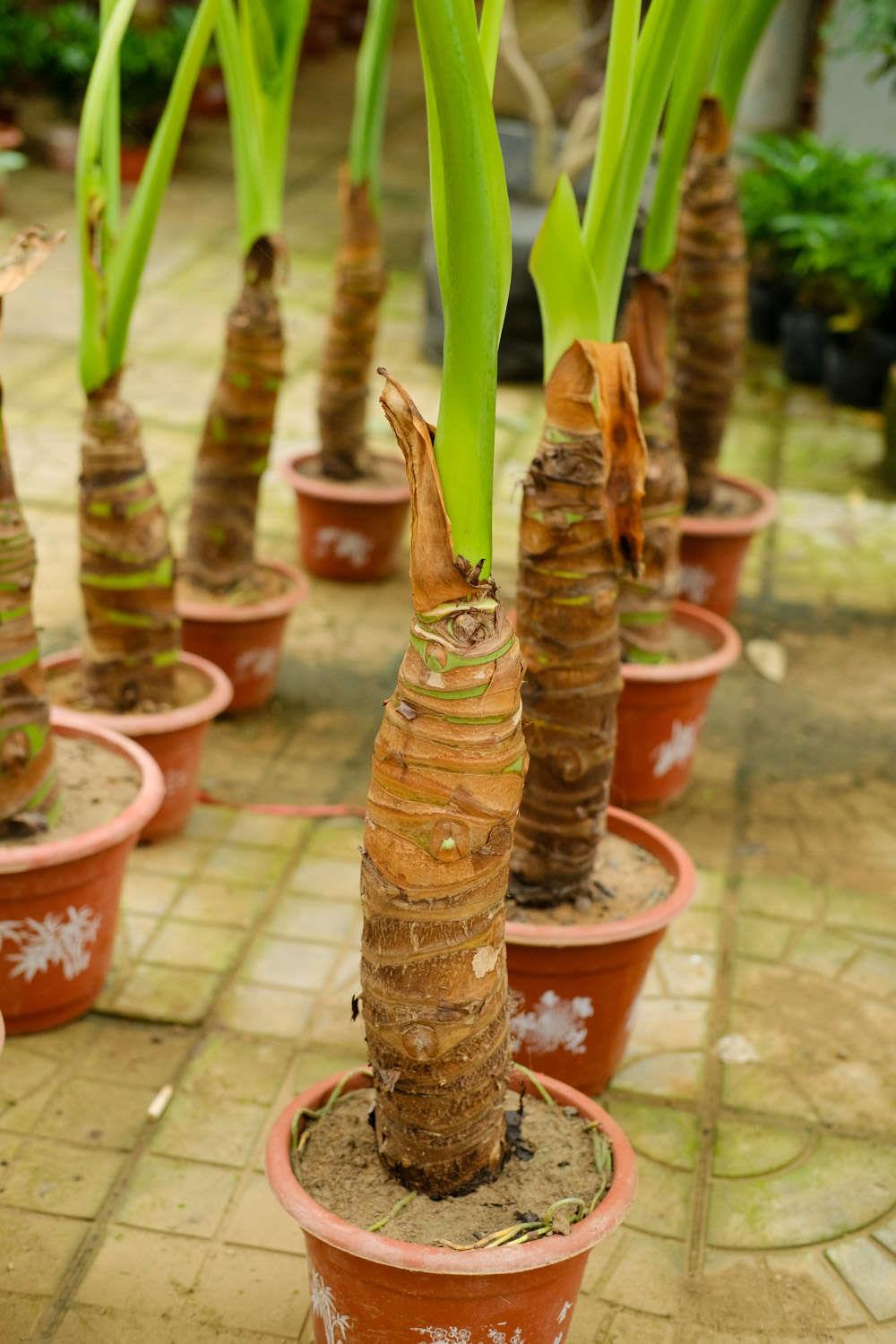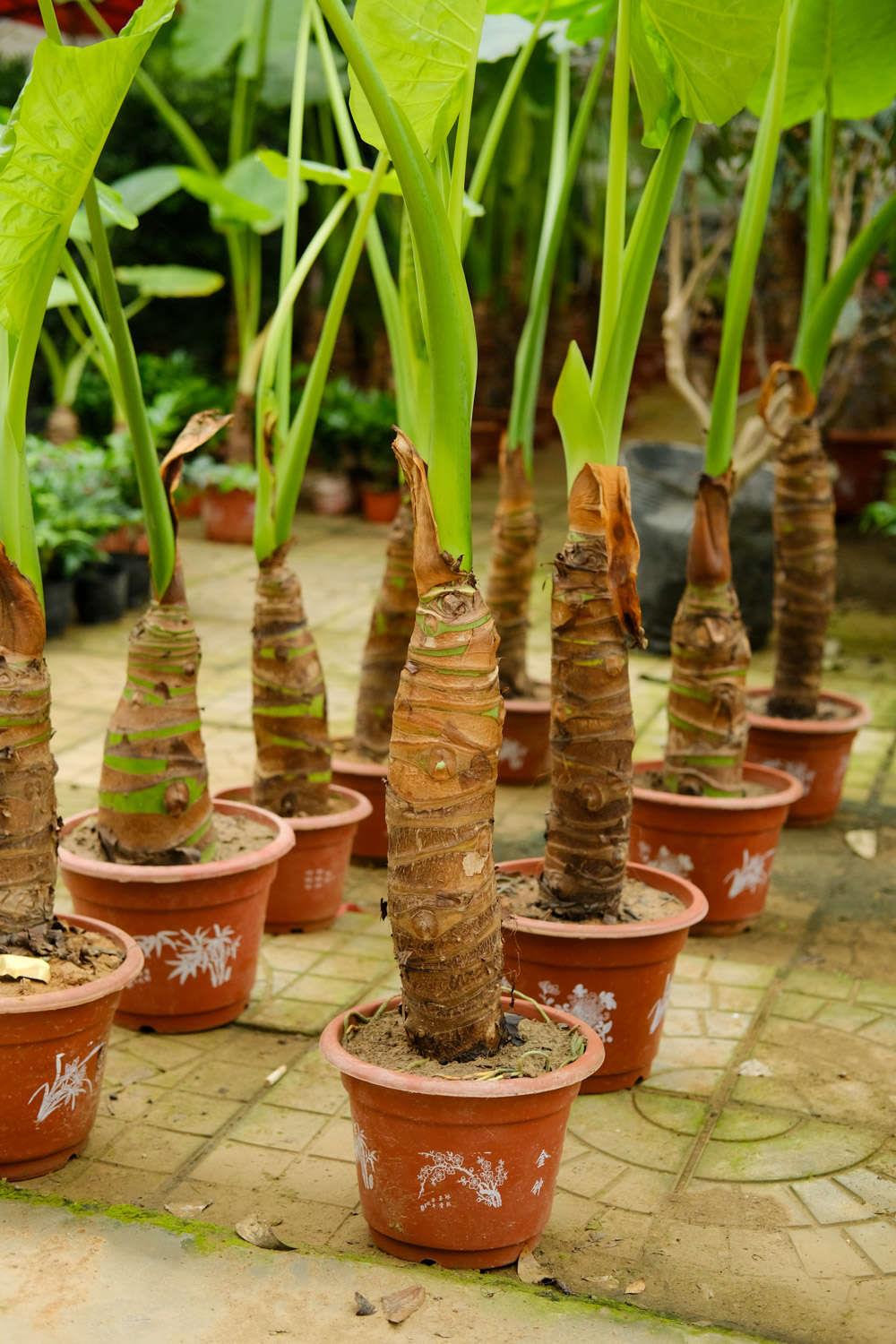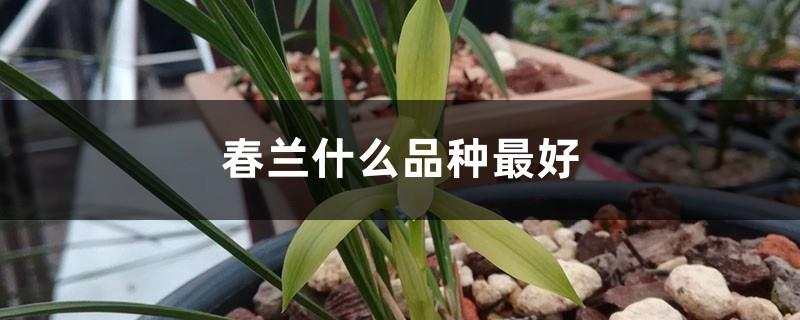How to care for Dripping Guanyin
Last Update :2024.12.30
Article Catalog
Usually it likes relatively fertile soil. Well-permeable soil and loose soil are more conducive to its growth. It likes a warmer place, and a temperature of 20-30 degrees is more conducive to its growth. It can be raised in a slightly dark environment. The potting soil can be kept in a semi-humid state and should not be too dry. Add fertilizer to it in time so that it can grow better.

1. Soil
1. Soil
It likes relatively fertile soil. Well-ventilated and loose soil is more conducive to its growth. Generally, sandy soil such as river sand containing rotten leaves or a mixture of garden soil and special Cultivating it with nutritious soil can help it grow better. You can repot it once a year in spring, and when repotting, you can loosen the soil to make it more breathable.

2. Lighting
It can be grown in a semi-shaded environment. You can usually place it in a place with better air circulation for cultivation. But do not leave it in a dark environment for a long time to grow. It is better to accept scattered light and not to be directly exposed to strong light.

3. Temperature
It likes a warmer place. If you raise it indoors, it can be maintained at a temperature above 8 degrees. A temperature of 20-30 degrees is more conducive to its growth. If the temperature is relatively low, the color of its leaves will change, causing the leaves to turn yellow and fall off.

4. Watering
The potting soil can be kept semi-moist and not too dry. In summer, the temperature is relatively high, so you can water it more often, but don't water it too much, otherwise it will cause the roots to rot, prevent normal growth and even die.
5. Fertilization
Add fertilizer to it in time so that it can grow better. Generally, fertilizers are applied to it during its vigorous growth period, summer and autumn, mainly diluted with fertilizers containing nitrogen and potassium and then watered to help it absorb better.
2. Lighting
3. Temperature
4. Watering
5. Fertilization
- END -
Which variety of Chunlan is the best?

There are many varieties of Chunlan, but their appearance is quite different, and ...
The difference between oleander and peach trees

Different varieties: Oleander belongs to the family Apocynaceae, with a maximum he...